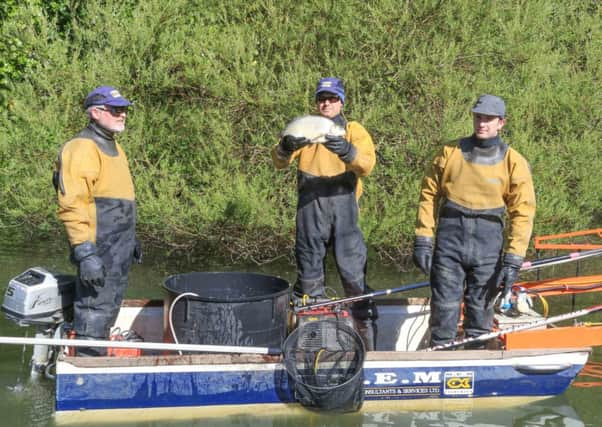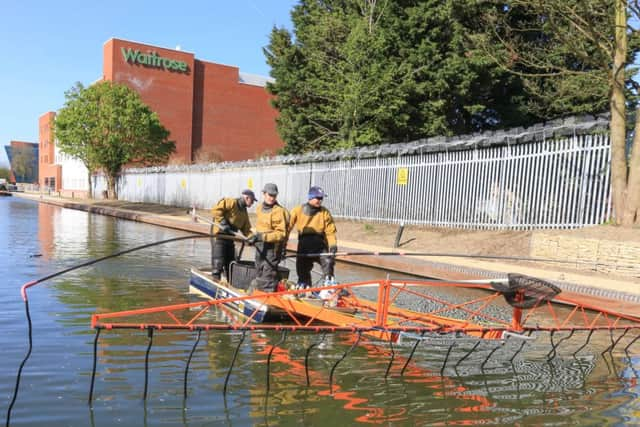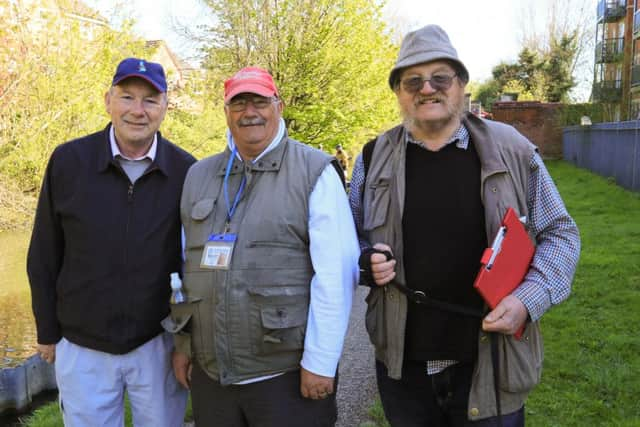Fish electrocuted to replace up to 10,000 that died in mysterious pollution outbreak


The operation began yesterday when 1,000 fish, weighing about 400 pounds, were transported down the Grand Union Canal to the club’s Puttenham fishing site from the Aylesbury basin.
They were moved after being stunned in a technique known as electrofishing, where an electric current temporarily stops them swimming so they can be scooped up in a net.
Advertisement
Hide AdAdvertisement
Hide AdJohn Ellis, national fisheries and angling manager for the Canal & River Trust, said: “The fish are stunned for no more than five minutes.


“Research has shown no more long-term damage. It may be similar to having a local anaesthetic when you go to the dentist.”
But it will still take up to 10,000 extra fish, weighing 2,640 pounds, to restore the mile-and-a-half stretch of Puttenham waterway to its natural capacity.
A recent Environment Agency fish survey found just 20 pounds of fish in the area. Mr Ellis said that 99 per cent of its fish population was wiped out by a mysterious pollutant in February 2013.
Advertisement
Hide AdAdvertisement
Hide AdA member of the Tring Anglers found all of the fish leaping about and dying on the surface of the water while driving over a bridge in the area.


Club spokesman Dick Pilkinton said: “I got over there as soon as I could. You always feel devastated when you see things like that happening.
“It leaves a strange empty feeling, because you know it’s not going to be possible to replace the fish immediately.”
When the Environment Agency arrived to investigate, the toxic substance had already been diluted by the water – so nothing was found.
Advertisement
Hide AdAdvertisement
Hide AdIf the polluter could have been found, legal proceedings could have been launched to fund replacement of the fish – expected to cost £20,000.
It would take about eight years for fish to return there naturally from other parts of the canal.
This was delayed when the waterway was closed to navigation between locks 10 and 13 from March to November last year after the wall of lock 12 of the canal collapsed.
Mr Ellis said: “There are people paying to fish and if they have got a section of canal with no fish in it, that’s not good for angling.”
Advertisement
Hide AdAdvertisement
Hide AdThe Tring Anglers pay the Canal & River Trust thousands of pounds each year to fish along 13 miles of the canal. Mr Pilkinton said this particular stretch had been particularly good for catching large bream that help the Tring Anglers win weight-based competitions.